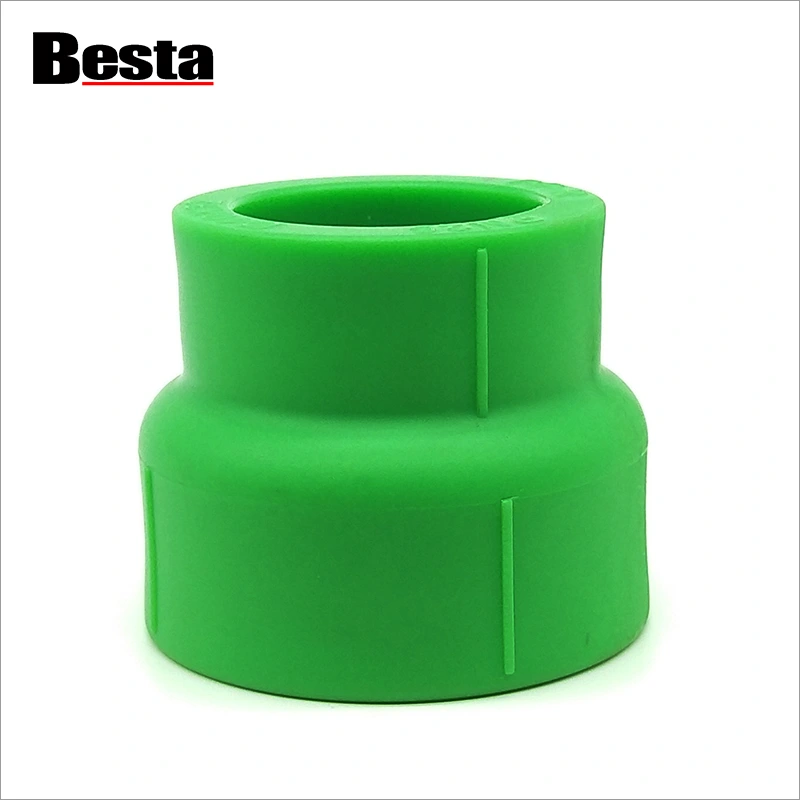Avoiding Installation Pitfalls: Best Practices for PPR Reducing Sockets
2024-11-26
The proper installation of PPR reducing sockets is fundamental to the efficiency of a piping system, especially in residential, industrial, and commercial applications. Mistakes during installation can lead to inefficiencies, leaks, and system failures. This blog highlights frequent challenges and provides actionable tips to avoid them.
Top Installation Challenges and Their Solutions
1. Incorrect Socket Fusion
- Challenge: Fusion welding errors, such as incomplete bonding or overheating, are common and weaken the connection.
- Prevention:
- Use a high-quality fusion welding tool with temperature control.
- Adhere to the correct heating time (usually 5–8 seconds, depending on the pipe size) and apply even pressure during fusion.
2. Using Worn-Out Tools
- Challenge: Dull pipe cutters and malfunctioning welding tools result in imprecise cuts and poor fusion quality.
- Prevention: Regularly inspect and maintain all tools. Replace or repair them as needed to ensure optimal performance.
3. Lack of Pipe Support
- Challenge: Unsupported pipes can sag or strain joints, causing leaks or disconnections.
- Prevention: Install adequate pipe supports or clamps at regular intervals, especially in horizontal installations, to maintain alignment.
4. Temperature Mismanagement
- Challenge: Ambient temperatures during installation can impact the fusion process. For instance, cold temperatures can slow fusion bonding, while extreme heat may over-soften the PPR material.
- Prevention: Perform installations in temperature-controlled environments whenever possible or adjust heating times based on conditions.
5. Ignoring Manufacturer Guidelines
- Challenge: Each PPR fitting may have specific requirements, and neglecting these can lead to suboptimal installations.
- Prevention: Always read and follow the manufacturer’s instructions for handling, heating, and installing the reducing socket.
Tips for Long-Term Durability
1. Inspect Fittings Before Use: Ensure the reducing socket is free from cracks or defects.
2. Avoid Overloading the System: Design the system to operate within recommended pressure and flow rate limits.
3. Train Installers: Provide adequate training for personnel on proper PPR pipe and fitting installation techniques.
4. Use Compatible Sealants: For threaded connections, use non-corrosive sealants compatible with PPR material to ensure a secure and leak-free fit.
The installation of PPR reducing sockets doesn’t have to be a challenge. By focusing on precision, preparation, and adherence to best practices, common issues can be avoided. A well-installed PPR piping system not only ensures efficient operation but also minimizes maintenance needs, offering long-term cost and performance benefits.



